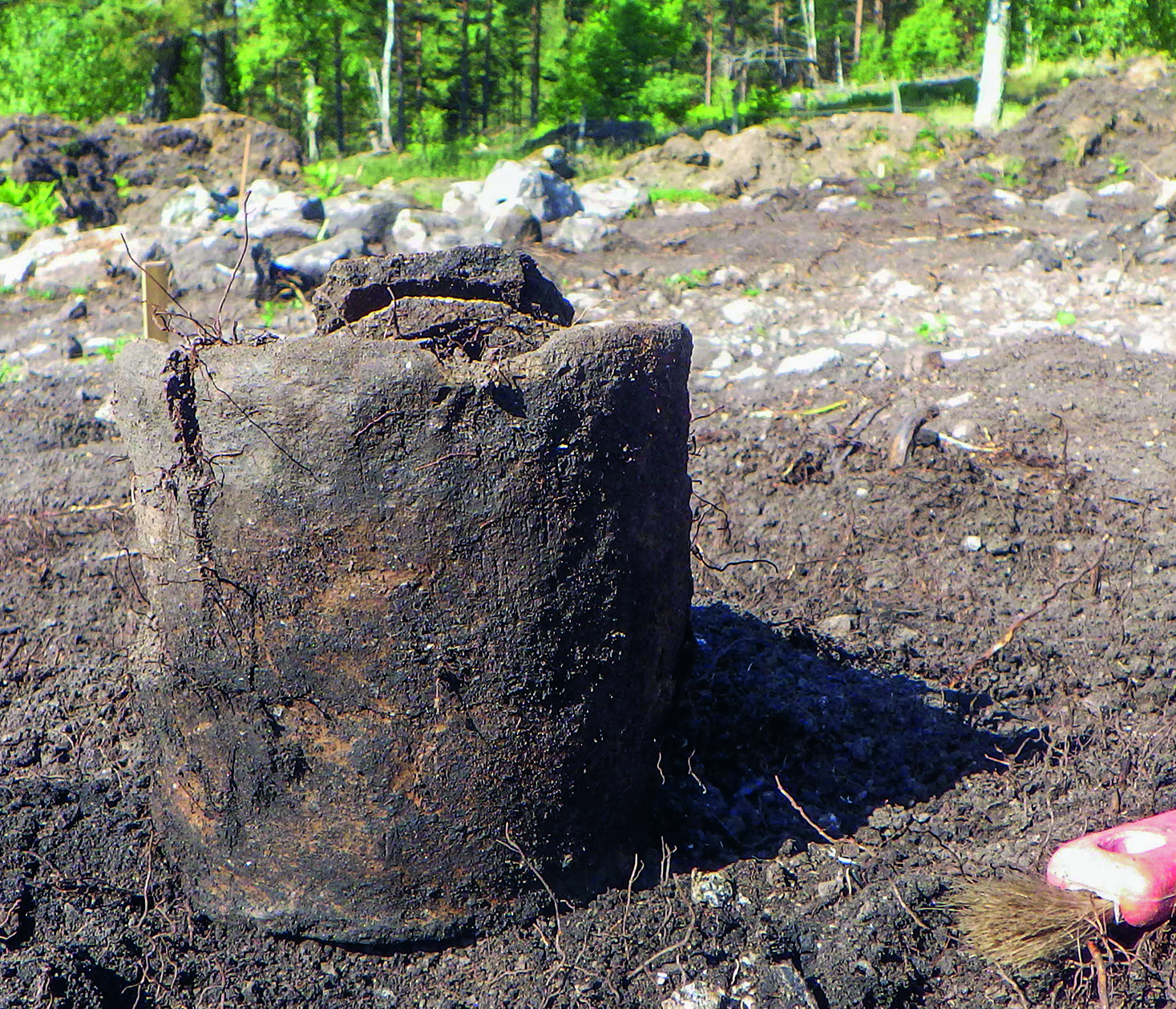
"Among the most significant finds was the burial of a woman whose cremated remains were interred in an urn. Before being cremated, she had been dressed with a set of glass beads and placed on a pyre along with personal belongings. After her body was burned, the ashes and fragments from the pyre were gathered into a small urn and placed in the burial field, marked by a rounded stone setting and a burial globe."
"Beneath these graves, researchers uncovered evidence of extensive Bronze Age activity, including a settlement and a bronze foundry dating back to around 1300 BC. "It is a large area that has been used for a long time," said Louise Evanni, project manager at Arkeologerna. "We knew that there were graves and sherd mounds from before, but it was a surprise that the Bronze Age remains, which lie beneath the graves, were so extensive and exciting.""
Archaeological excavations in Rogsta uncovered a burial field with around 70 graves used from the early Iron Age through the Viking Age, constructed atop an undisturbed Bronze Age settlement. A woman’s cremated remains were placed in a small urn after being dressed in glass beads and burned on a pyre with personal belongings; the grave was marked by a rounded stone setting and a burial globe. Radiocarbon dating of charcoal places her burial between 780 and 883 AD. Beneath the cemetery, excavations revealed extensive Bronze Age domestic activity and craftsmanship, including pottery, tools, a remarkably preserved bronze needle, and a bronze foundry dating to about 1300 BC.
Read at Medievalists.net
Unable to calculate read time
Collection
[
|
...
]